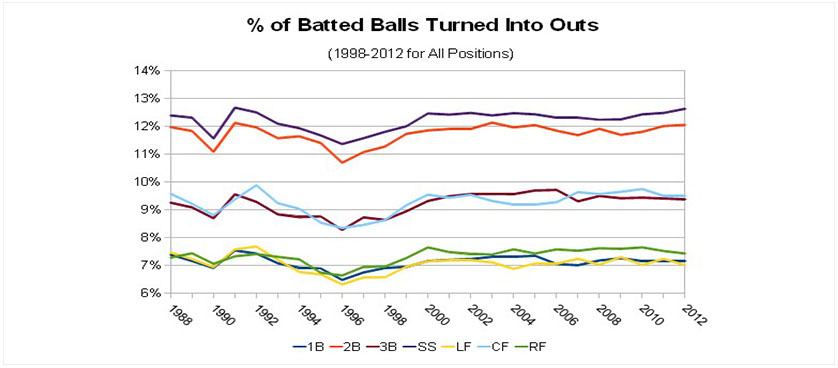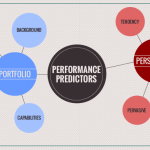Talent Management and Baseball Metrics
Talent management is an important function of the Human Resources department, concerned with attracting, developing, engaging and retaining productive employees. Using metrics to monitor HR departments has been practiced for a while and ensuring high performance talent management can become an important competitive advantage for a company. But what do baseball and talent management have in common?
While measuring performance is important in both fields, it seems like baseball metrics are years ahead of metric practices applied in talent management. For baseball players metric results are displayed in real time, on scoreboards, enabling managers to intervene promptly.
They also use predictive talent decision metrics that accurately guide executives in talent decisions like who to hire, how much to pay, and how long a player will continue to bring added value. On the other hand in talent management most of the metrics used provide an image of past performance and they are reported and acted upon once a year.
In this context, HR professionals have a lot to learn from baseball managers. For example, the concept of proprietary metrics, explained by Dr. John Sullivan, an international HR professional, in his article Proprietary Metrics: The Next Big Thing in Talent Management. Proprietary metrics are unique and valuable key performance indicators, thus the data collection methods, the calculation formula and the data itself are treated as valuable secrets. If everyone would know what competitors are measuring it would be hard to gain a competitive advantage.
Another lesson to be learned from baseball is that eventually the metrics a company uses will be copied by another, despite all efforts to keep them private. This is why an organization, or a department should constantly review and improve its metrics. The ultimate metrics should be able to reflect how improving talent management will impact business improvement. For example, companies like Starbucks or Best Buy have become so skilled in talent analytics that they were able to determine how much the sales will grow if employees are more engaged. In Best Buy‘s case, a 0.1% increase in # Employee Engagement Index will lead to an additional $100.000 increase in sales for the respective store.
What metrics should be developed for talent management?
- For recruitment, the focus should be on predicting the candidate’s future performance and the labor market’s evolution: availability of talent and competition level.
- In retention, managers should be able to identify the employees with a high probability of leaving the company and optimize the attrition rate for high performers.
- To ensure employee development, metrics can be used to identify leadership potential and the progress made in setting succession plans for key positions.
- To improve productivity, # Employee Engagement Index or other metrics, which reflect factors that affect employee performance, can be tracked.
- Rewards and compensation can be optimized to ensure they generate the highest impact on the employees’ productivity, provided that metrics are able to indicate which approach is the most efficient.
References:
- Davenport, T. H., Harris, J. and Shapiro, J. (2010), Competing on talent analytics
- John Hopkins University (2010), Talent management
- SmartKPIs.com (2014), KPI examples
- Sullivan, J. (2014), Proprietary metrics – The next big thing in talent management
Image source:

Tags: Human Resources performance, Individual Performance, KPI, Metrics, Talent management







